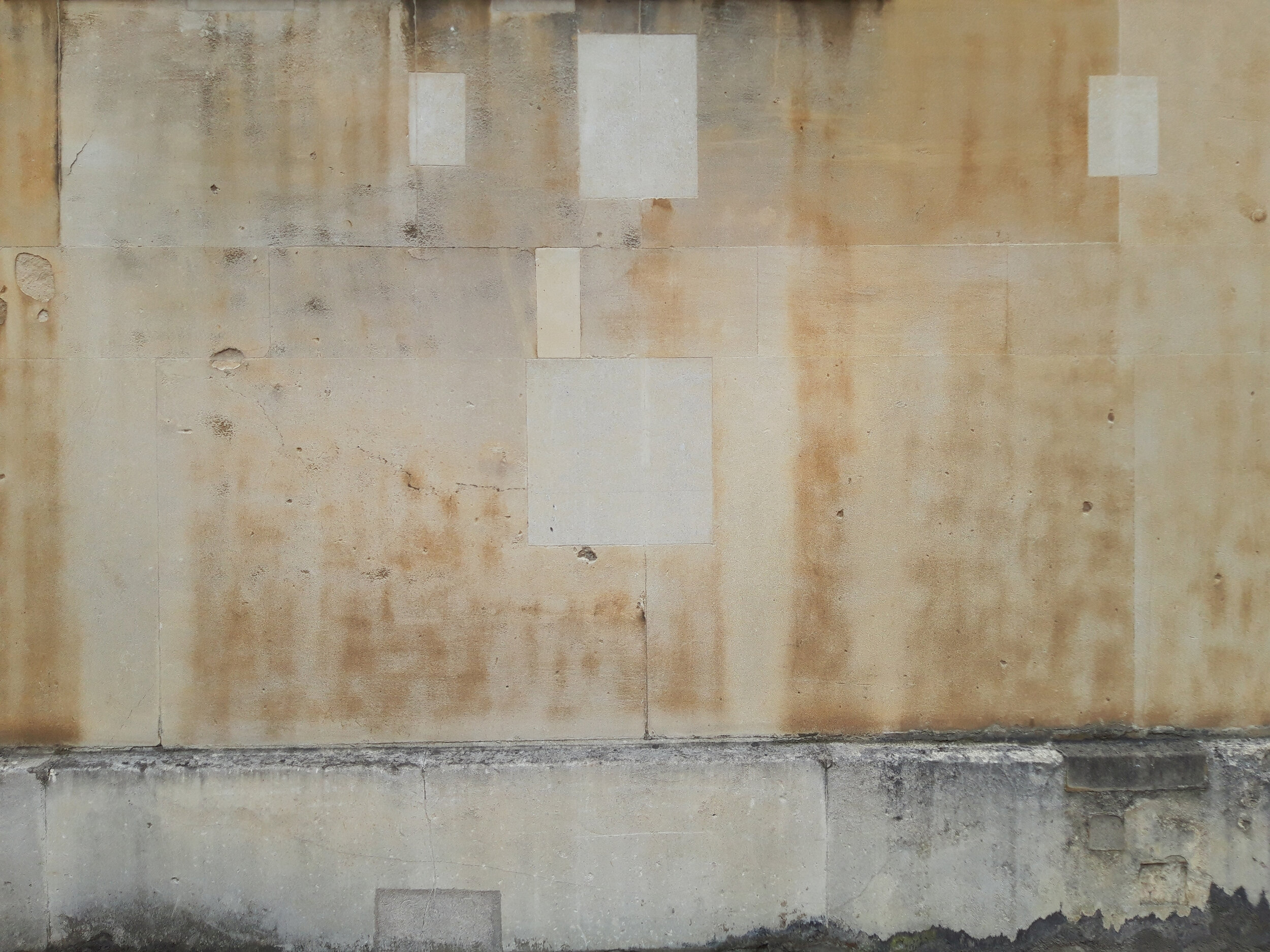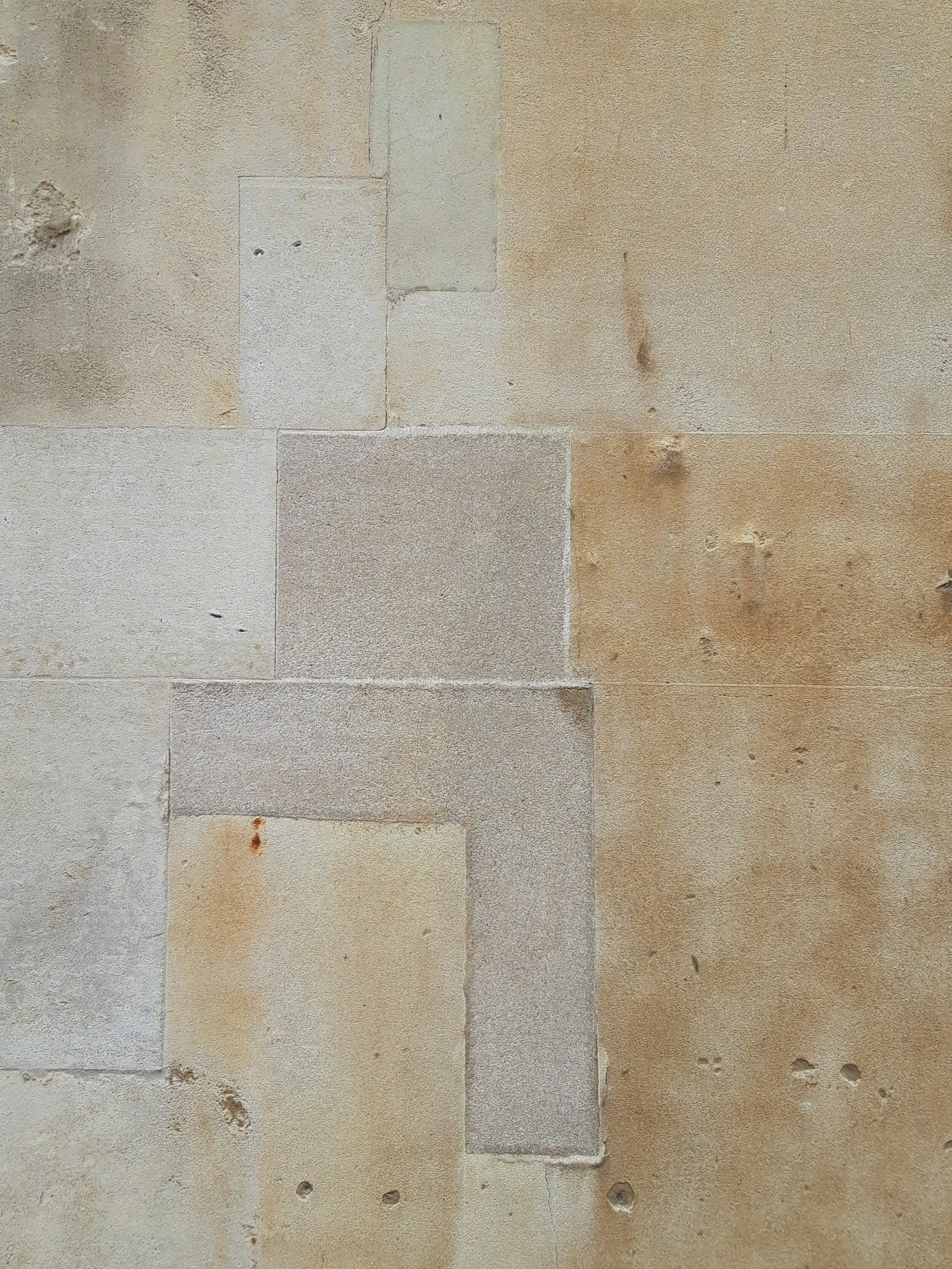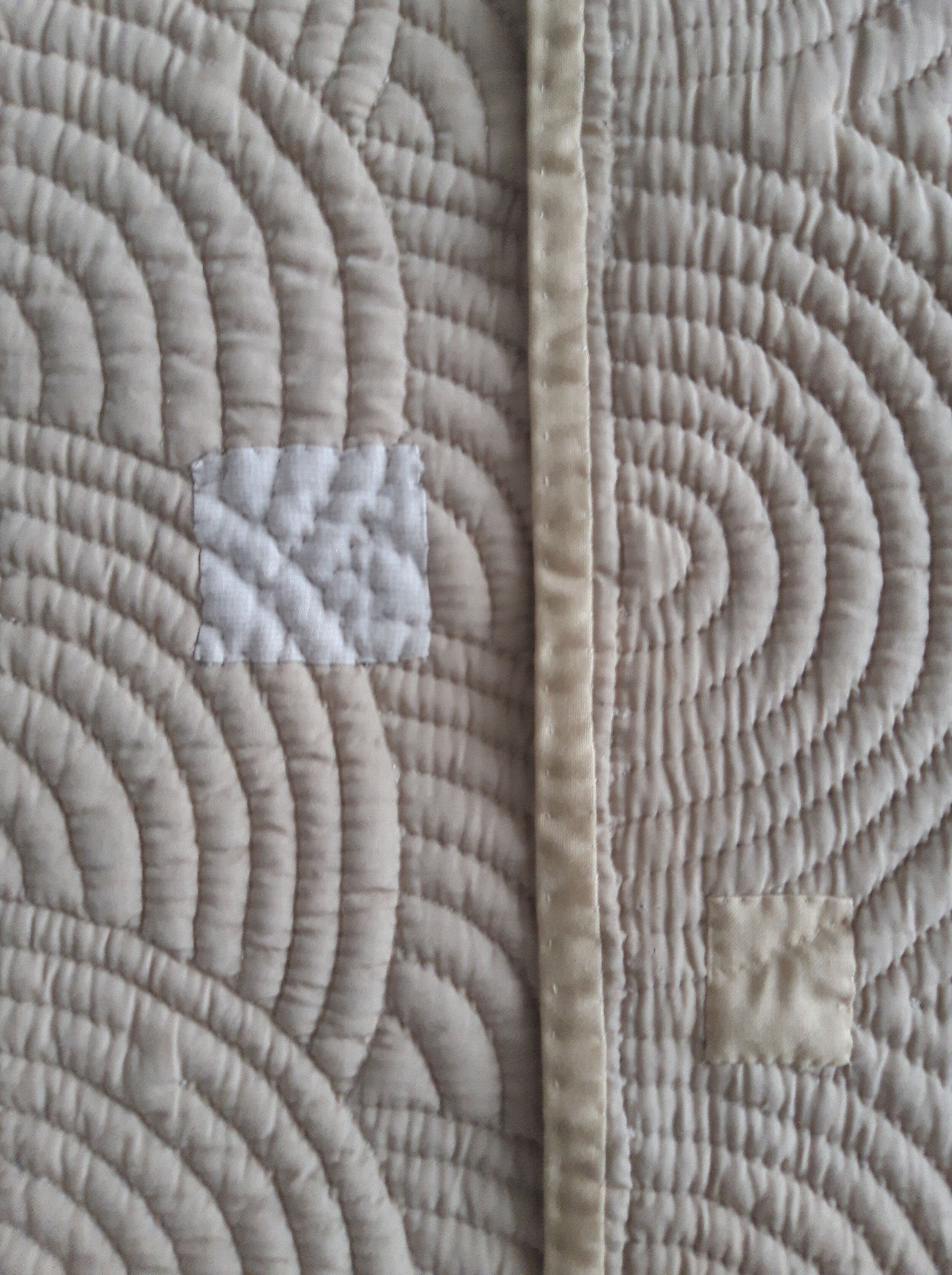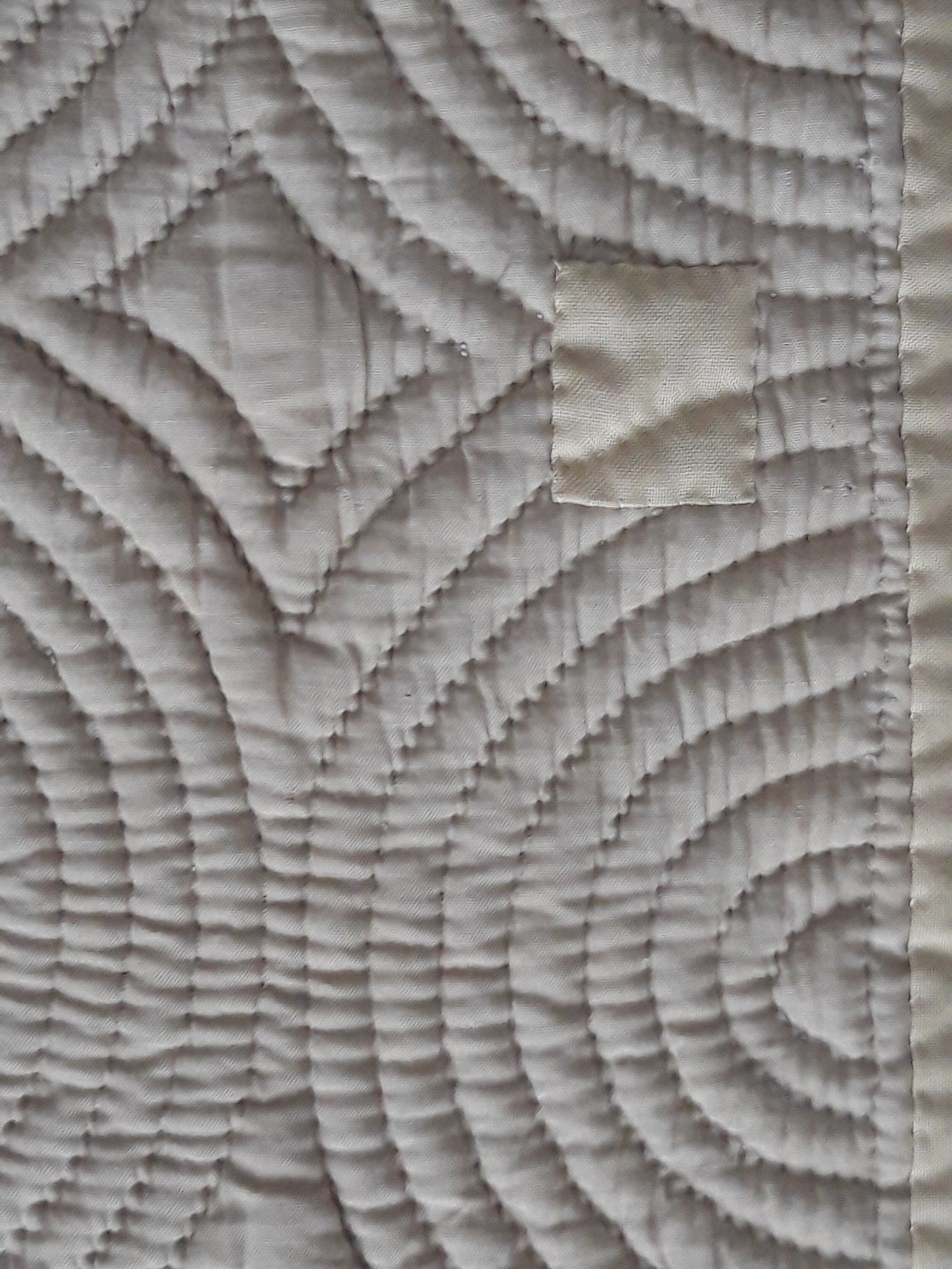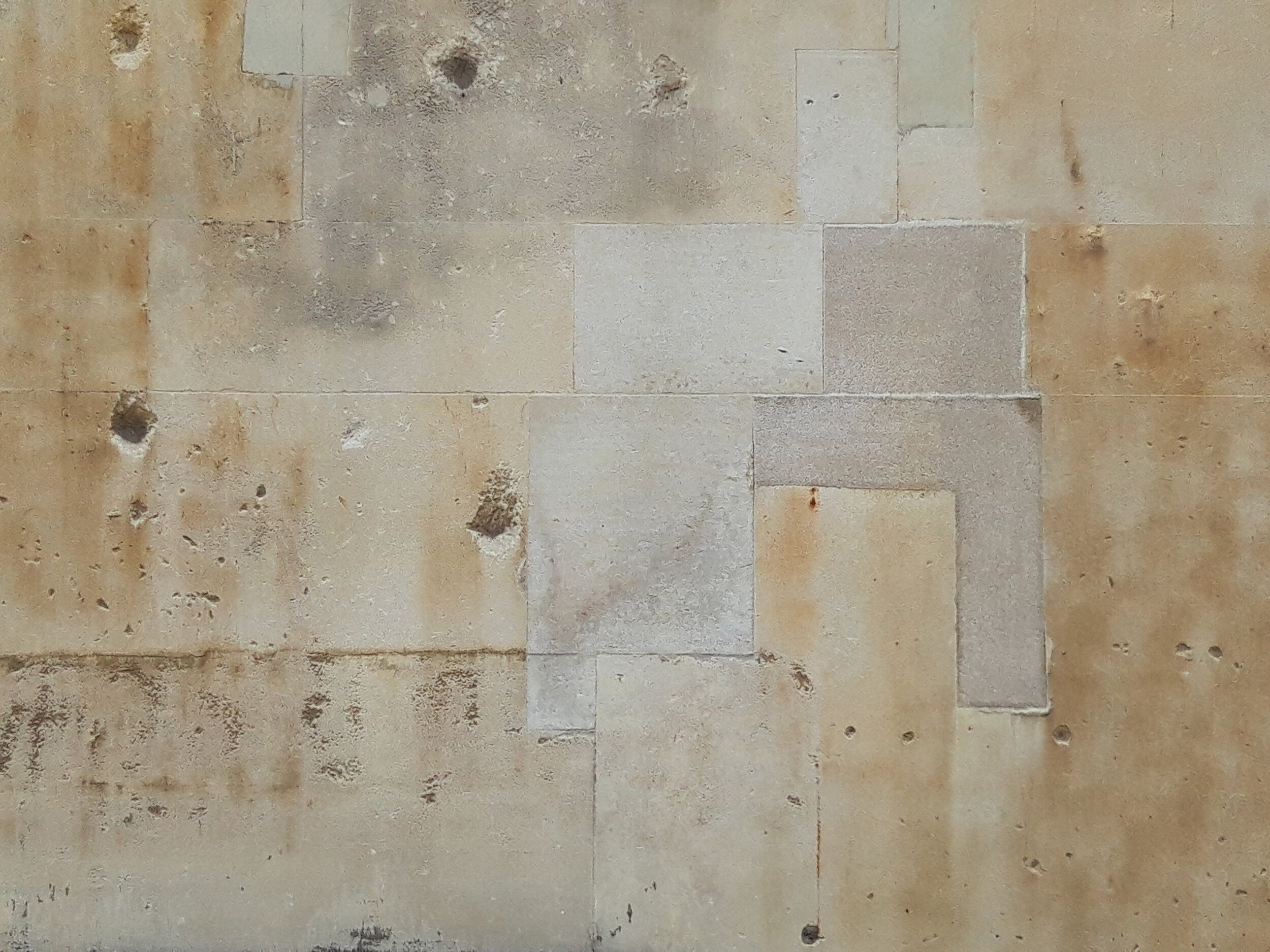Care and Patience
A couple of weeks ago, we were walking home from Tate Modern, and came across the Henry Wood Hall in Trinity Square, Southwark. I have cycled past the building many times, but had never stopped to look at it in detail.
The stone is a warm honeyed Bath stone - a limestone much used in historic buildings and prized as a ‘freestone’ which could be sawn and squared up in any direction and so made a versatile and beautiful building material.
Over the years though, and with the ravages of time, the stone has worn and chipped away in areas - leaving little craters and scars dotted across the skin of the building. In an act, which speaks to me of great care and patience, these have been patched and mended, leaving a beautifully patinated patchwork surface.
Stonemasons and restoration specialists will understand the cause of these faults and the process of repair. To me though, as a passer by, they seem to tell a story of an investment of much time and labour.
The building, originally the Holy Trinity Church, was designed by Francis Octavius Bedford in 1823-4. Since the mid 1970’s it has served as a rehearsal and recording space for the London Philharmonic and the London Symphony Orchestra, and was re-named after the celebrated conductor and originator of the Proms - Sir Henry Wood.
The church was designed in the Greek Revival style and has a series of fluted columns supporting the pediment. These too have worn over time and the ravages of history, and have been patched and repaired in turn.
There is something of an echo for me in these repairs, of a quilt I have been slowly mending over the years. The quilt belonged to my grandmother, and I think it dates from the 1930’s. I remember it lying over the foot of her high narrow bed, tucked in along the tall wooden footboard. The fabric is a fine cotton, with a wool wadding, and it is exquisitely hand-quilted in a pattern of overlapping scallops. I am guessing as to the date, remembering a very similar one in the Victoria and Albert Museum’s 2010 exhibition of British ‘Quilts 1700-2010’.
Over time the quilt has worn and faded with use, and the process of patching, mending and re-quilting it is a long-term and continuing one. I shy away from the terminology of ‘mindful mending’ feeling somewhat allergic to the language, but I certainly understand the deep calm satisfaction of the ongoing process of taking care.

